Titanium Tungsten Sputtering Target Description
The Titanium Tungsten Sputtering Target from TFM is an alloy material composed of titanium (Ti) and tungsten (W). This sputtering target combines the advantageous properties of both elements, making it ideal for various high-performance applications.
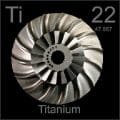
Titanium is a Group IV transition metal renowned for its biocompatibility, which makes it one of the most important metals in biomedical applications. It is a lustrous metal with a silver color, low density, and high strength. Titanium’s resistance to corrosion in seawater, aqua regia, and chlorine further enhances its versatility. Its strong yet lightweight nature and excellent corrosion resistance make it ideal for use in ocean liner hulls, aircraft engines, and designer jewelry.
Related Product: Titanium Sputtering Target
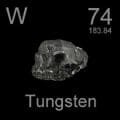
Tungsten, also known as wolfram (symbol “W”), is a chemical element named after the Swedish words ‘tung sten,’ meaning heavy stone. Tungsten is a greyish-white, lustrous metal that is solid at room temperature. It holds the highest melting point and lowest vapor pressure of all metals, making it exceptionally resistant to heat. Tungsten also boasts excellent corrosion resistance and is only slightly affected by most mineral acids, further enhancing its durability in various applications.
Related Product: Tungsten Sputtering Target
Titanium Tungsten Sputtering Target Specification
| Compound Formula | Ti/W |
| Appearance | Metallic solid in various forms (plate, bar, sheet, strip, powder, foil) |
| Exact Mass | 231.90 g/mol |
| Available Sizes | Dia.: 1.0″, 2.0″, 3.0″, 4.0″, 6.0″ Thick: 0.125″, 0.250″ |
We also offer other customized shapes and sizes of the sputtering targets; please Contact Us for more information.
Titanium Tungsten Sputtering Target Bonding Services
Specialized bonding services for Titanium Tungsten Sputtering Targets, including indium and elastomeric bonding techniques, enhance performance and durability. Thin Film Materials (TFM) ensures high-quality solutions that meet industry standards and customer needs.
We also offer custom machining of backing plates, which is essential for sputtering target assembly. This comprehensive approach improves target design flexibility and performance in thin film deposition. Our channels provide detailed information about bonding materials, methods, and services, helping clients make informed decisions.

Titanium Tungsten Sputtering Target Application
The Titanium Tungsten Sputtering Materials are widely used for a variety of applications, including CD-ROM production, decoration, semiconductors, displays, LED and photovoltaic devices, and functional coatings. Additionally, they are utilized in the optical information storage industry, glass coating for car and architectural glass, optical communication, and other related fields.
Packing
Our metal alloy Titanium Tungsten Sputter Coater Targets are meticulously tagged and labeled externally to ensure efficient identification and stringent quality control. We take great care to prevent any damage during storage and transportation, ensuring that our products arrive in perfect condition.


 MSDS File
MSDS File
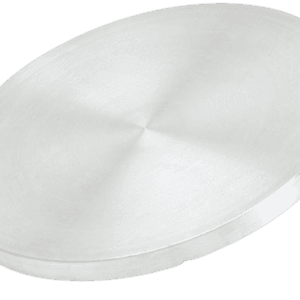
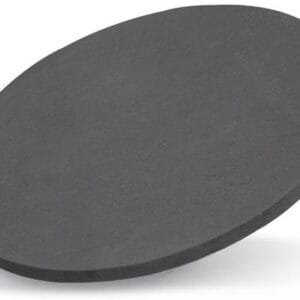
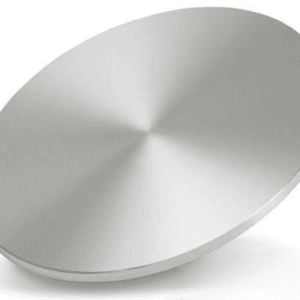
Reviews
There are no reviews yet.